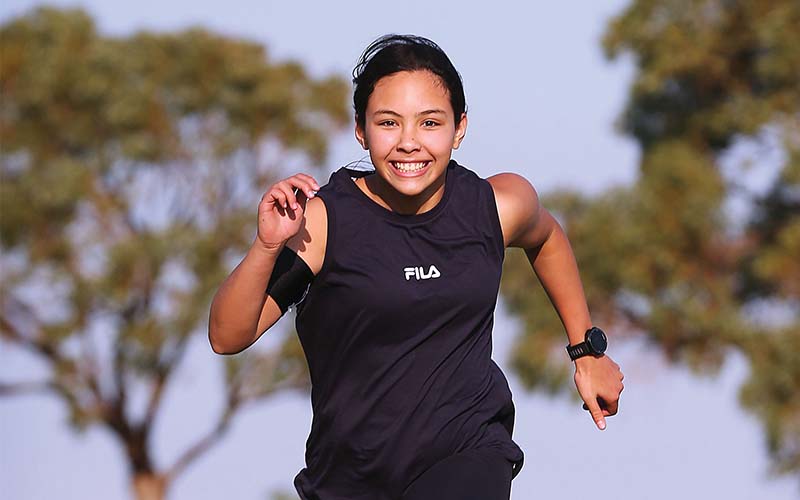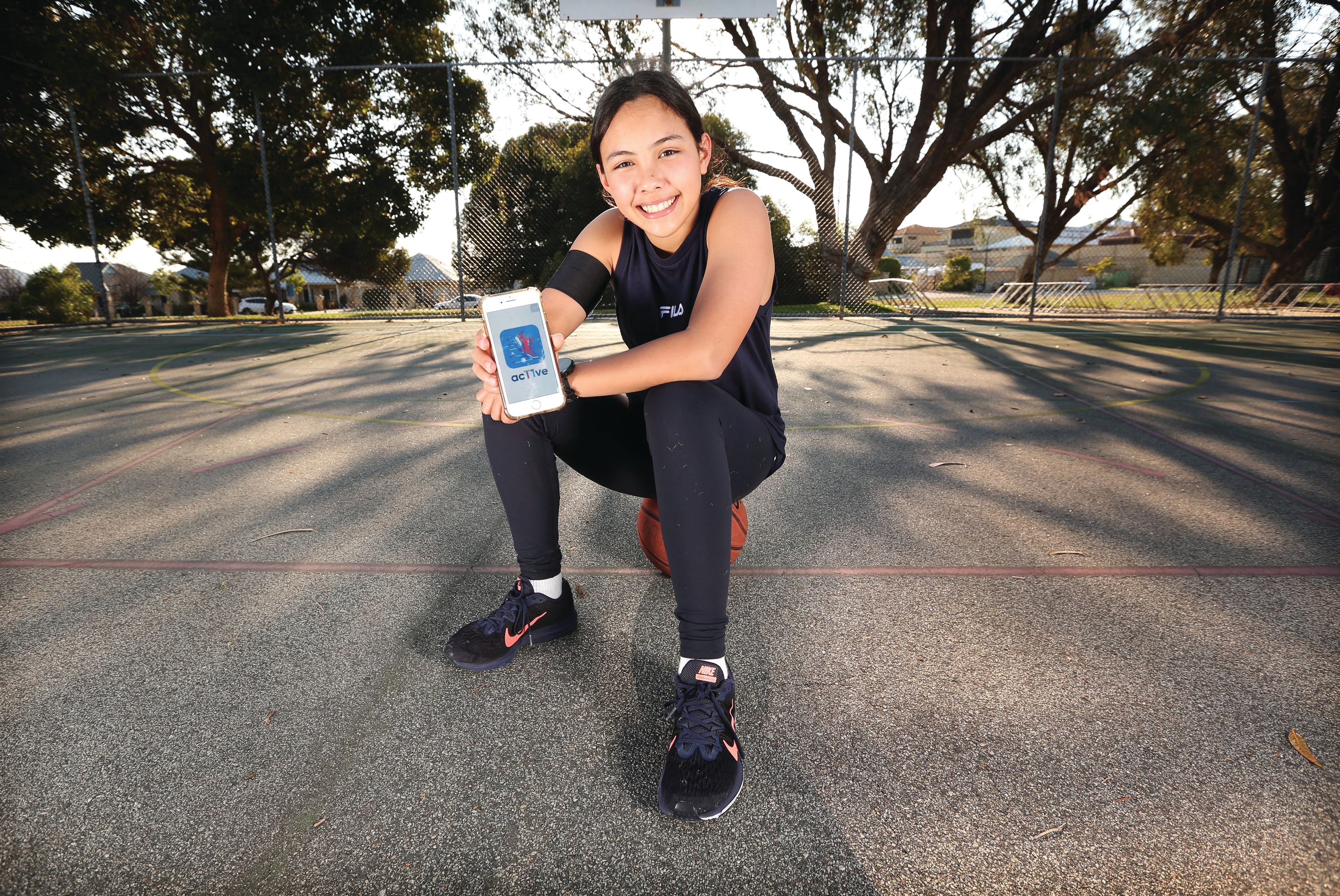
Gina Latimer
Thirteen-year-old Gina Latimer loves nothing more than being active, but living with type 1 diabetes (T1D) means exercising could cause her blood glucose levels to go low.
Despite the risk of having a hypo (low blood glucose levels), Gina said she refused to let T1D stop her from exercising. “I have experienced a hypo after sports,” she said. “For me it just feels like a regular low so I know there is nothing to be worried about.
“If I go low, I just have some glucose tablets and some carbs to bring my blood glucose levels up. It’s normal to have a low after sport.”
The avid young sportswoman, who was diagnosed with T1D in 2016, currently swims six times a week for two hours per session. Before swimming became her focus, she played soccer, basketball, and badminton, and also rode horses (she won two bronze medals at the Long Course Junior State Championship in March and two silver medals at the Short Course State Championship last year).
Gina recently tested the Children’s Diabetes Centre’s acT1ve app and enjoyed using it, saying she always liked to learn something new.

“The app did help me since it tells you what to eat before exercising,” she said.
“I felt more educated because the app gives you an idea about what you are doing before exercising – it made me feel more confident than I already am.
“Diabetes will not stop you from doing anything so just keep a positive attitude. Exercising is probably my favourite thing to do and I will not let anything, especially diabetes, stop me.”
What is a hypo?
A condition that occurs when a person’s blood glucose levels falls to less than 4mmol/L.
What causes it?
Too much insulin, delaying or missing a meal, not eating enough carbohydrate, increased activity, gastroenteritis.
Mild hypo symptoms?
Hunger, shaking, palpitations, pale skins, sweating.
